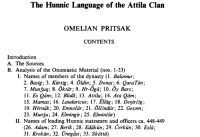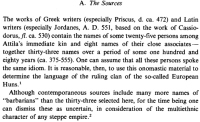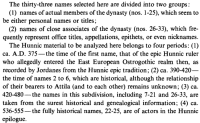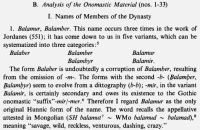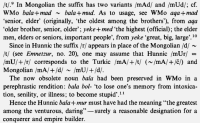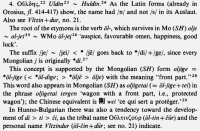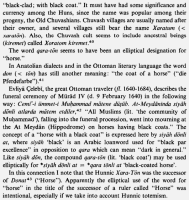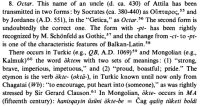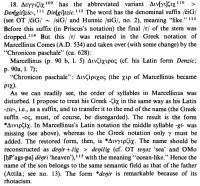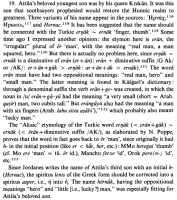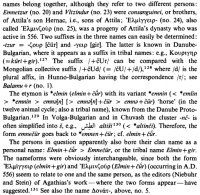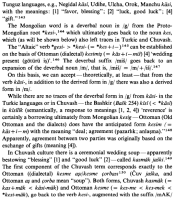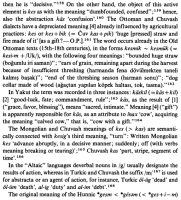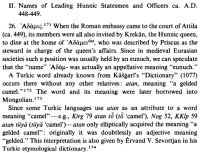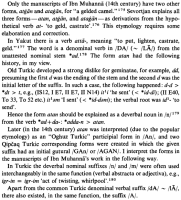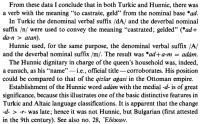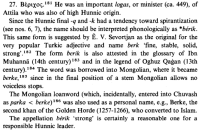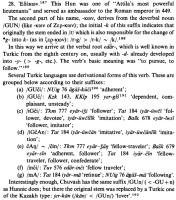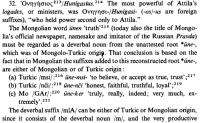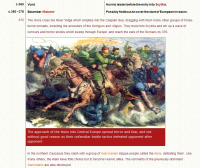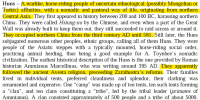Патолошката потреба на нетуркиските источнобалкански народи по секоја цена да се идентификувaат како огурски (туркиски) Бугари
- Креатор на темата 121314
- Време на започнување
- Член од
- 3 септември 2010
- Мислења
- 6.787
- Поени од реакции
- 9.392




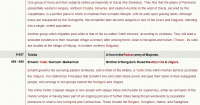


Kingdoms of the Barbarians - Huns
Coverage of the various historical cultures, rulers, and states of Europe
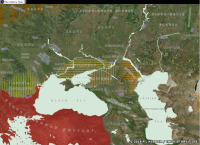
| Map of Eastern Europe AD 450-500 |
| Soon after the middle of the fifth century AD the Hunnic empire crashed into extinction, starting with the death of Attila in 453. His son and successor, Ellac, was killed in battle in 454, and the Huns were defeated by the Ostrogoths in 456, ending Hunnic unity. Attila's remaining sons fought amongst themselves for supremacy and ended up controlling only fragments of territory. Having been dragged westwards by the Huns and soon to be forced westwards by the sudden supremacy in the east of the Göktürks, Turkic tribes were continuing to build in number on the Pontic-Caspian steppe. The Bulgars were seemingly one of the first of these large groups to arrive. They were joined there by two major groups from the Hunnic empire, the Kutrigurs and Utigurs, with the latter often being used by the Eastern Romans to keep the former in line. Other Hunnic remnants remained in the western core of the former empire's territory, Dacia (shown) and Pannonia (off to the left of the map), which included Huns, Turks, Indo-Iranians, Germanics, Celts, and even Romans. |


